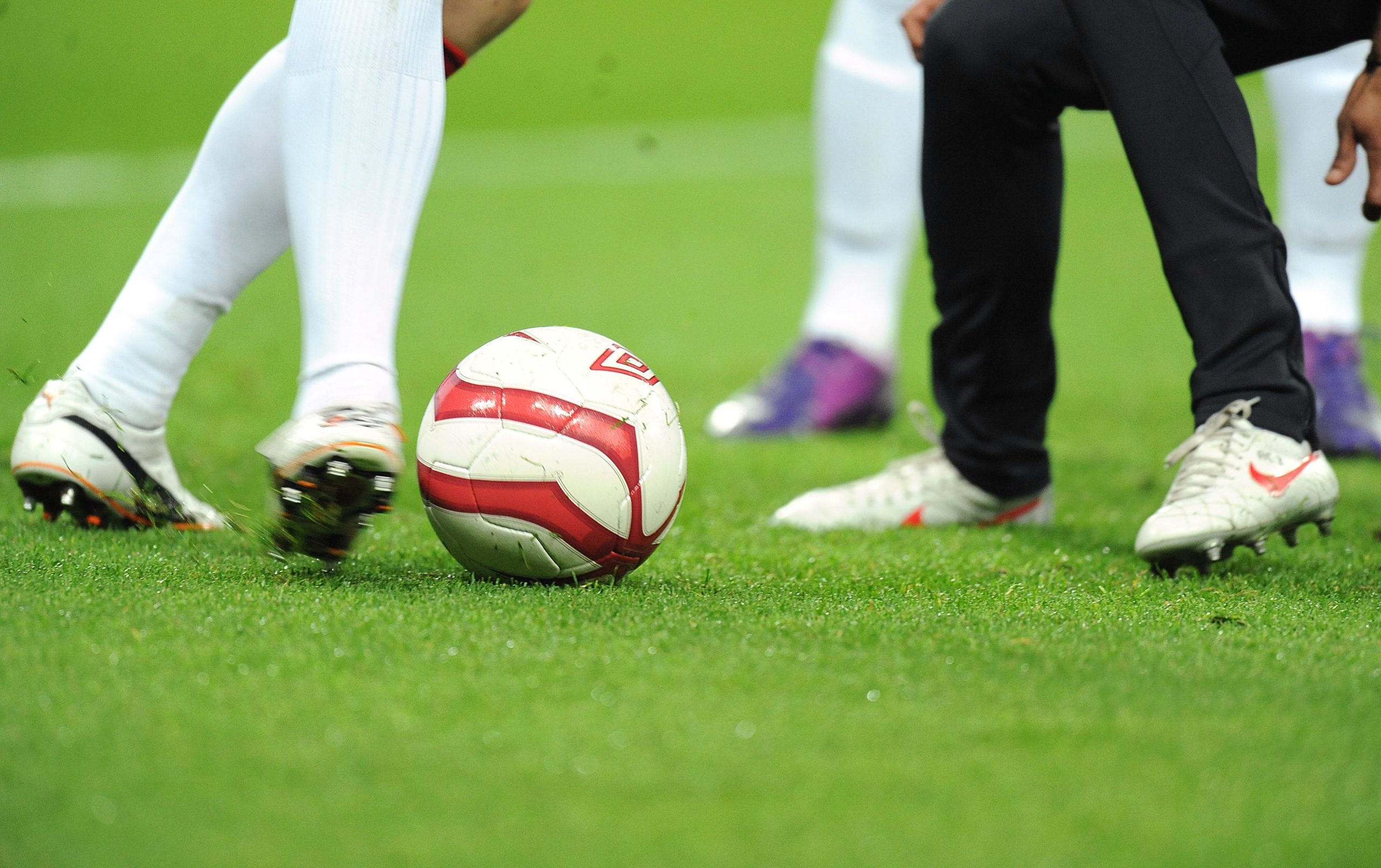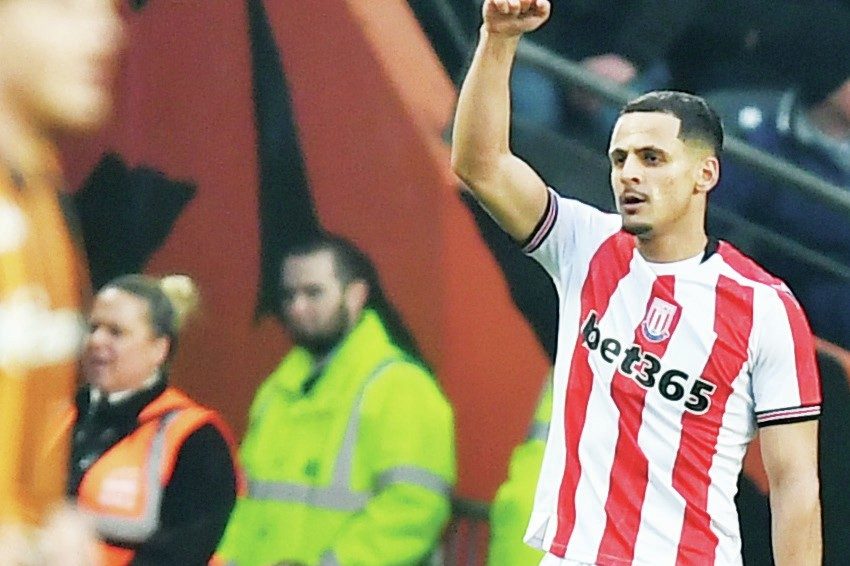
Sports are a vibrant part of American culture, contributing to physical fitness, mental resilience, and the development of strong community bonds. They inspire passion and unity across the nation while encouraging healthy, active lifestyles. From youth leagues to professional arenas, they unite communities and foster personal growth.
Yet, beneath the thrill of competition and the joy of participation lies a sobering reality: sports injuries are an ever-present risk.
While many injuries are unavoidable, others result from preventable circumstances, often pointing to negligence or oversight. Understanding the legal implications becomes as critical as seeking medical treatment in such cases.
The Prevalence of Sports Injuries
Each year, millions of people suffer sports-related injuries, spanning everything from minor sprains to life-altering trauma. In 2023, emergency rooms treated millions of sports-related injuries. According to the National Safety Council, the number reached 3.7 million cases nationwide.
The National Library of Medicine highlights the most frequently injured body parts based on a study on High School Athletes. The head and face account for nearly a quarter of injuries (24.2%), followed by the ankle (17.6%) and knee (14.1%). Sprains and strains are the most common sports injuries, accounting for 36.8% of cases. Concussions, which can have long-term effects on brain health, make up 21.6% of injuries.
These numbers emphasize the need for more than just preventive measures like proper training and safety gear. When injuries result from external issues like faulty equipment or poorly maintained facilities, they are often preventable. It is crucial to hold the responsible parties accountable to ensure safer conditions for athletes.
High-Impact Sports and Their Risks
Contact sports such as soccer, football, and hockey are known for their rigorous demands and high rates of injury. Research reveals that professional soccer players alone experience between 4 and 35 injuries per 1,000 hours of play. Factors such as playing conditions, competition intensity, and preventive protocols contribute to this variability. While the physical risks of such sports are often accepted as part of the game, negligence can amplify these dangers.
For instance, outdated safety gear or poorly maintained fields can turn a manageable risk into a catastrophic injury. Whether it’s a football field with hidden hazards or a hockey arena lacking proper padding, these scenarios emphasize the need for accountability. Sports organizations and event coordinators must ensure safer environments for athletes.
Legal Implications of Sports Injuries
While many sports injuries stem from the inherent risks of physical activity, certain circumstances warrant legal scrutiny. External factors such as faulty equipment, negligent coaching, inadequate supervision, or insufficient medical preparedness can exacerbate injuries or lead to entirely preventable incidents.
These types of injuries can be life-changing, with athletes sometimes unable to continue their careers. Even if physical recovery is possible, many athletes struggle to return to their sport.
According to Forbes, the fear of reinjury is the primary psychological barrier to re-entering competitive sports. Other emotional challenges, such as loss of interest, diminished confidence, and depression, also play a significant role in an athlete’s decision not to return. This complex emotional process is known as psychological readiness to return to sport.
Support for Injured Athletes in Cases of Negligence
Authorities and sports organizations must take proactive steps to support injured athletes, particularly in cases where negligence is involved. In states like Missouri, where sports are a significant part of the culture, this responsibility is even more critical.
Missouri is home to six major league sports teams, with three in St. Louis and three in Kansas. Given the prominence of these teams, the need for safe playing environments is even more crucial. Sports departments must ensure equipment meets safety standards and enforce proper medical procedures to maintain optimal conditions for athletes.
If an athlete suffers an injury due to negligence, they must seek legal help. In such cases, turning to Kansas or St. Louis personal injury lawyers can be decisive.
Legal experts can assess the details surrounding the injury and identify those responsible. They work to secure fair compensation for the athlete’s medical bills, lost income, and other related losses. By holding the negligent parties accountable, athletes can concentrate on their recovery without the added stress of financial concerns.
Moreover, legal action can catalyze improving safety standards, helping prevent future injuries for others. In Missouri, sports are deeply ingrained in the local culture. Supporting athletes through both physical and legal recovery is essential for maintaining the integrity of sports and the well-being of participants.
The Broader Impact of Sports Injuries
The aftermath of a sports injury often extends far beyond immediate physical recovery. Rehabilitation can involve months or even years of therapy, contributing to mounting medical expenses. Additionally, the emotional toll and potential loss of income due to time away from work or school can create further strain.
Legal representation is crucial in these situations, helping injured individuals navigate insurance claims, secure settlements, and, if needed, go to court.
According to TorHoerman Law, a skilled personal injury attorney eases the legal complexities and ensures the protection of the injured party’s rights. This assistance enables the individual and their family to concentrate on healing, free from the worry of financial instability.
FAQS
What are the most common causes of sports injuries?
Sports injuries typically arise from overuse, improper technique, lack of warm-up, or direct impact during physical activity. External factors such as faulty equipment or hazardous playing conditions also contribute to injuries. In some cases, inadequate supervision, lack of proper training, or failure to follow safety protocols can also increase the risk of injury.
How can faulty equipment contribute to sports injuries?
Defective equipment can greatly raise the likelihood of injuries. For example, outdated helmets or poorly maintained playing surfaces can lead to severe injuries like concussions or fractures. Ensuring that equipment meets safety standards is crucial to prevent such accidents.
What are the risks of returning to sports too soon after an injury?
Returning too soon increases the risk of re-injury, which can be more severe than the original injury. It can also hinder long-term recovery, leading to chronic pain, weakened muscles, or permanent damage. It’s essential to follow medical advice and only return when fully recovered.
Overall, Sports should be a source of joy, fitness, and personal growth, not a cause of lingering pain or financial hardship. Whether you’re a professional athlete, a parent of a student-athlete, or an occasional participant in recreational sports, understanding your rights is crucial.
Personal Injury Lawyers specializing in sports injuries offer invaluable guidance to individuals navigating the complexities of these cases. From determining liability to securing fair compensation, their expertise ensures that injured athletes can focus on healing with confidence.
By encouraging accountability and ensuring safety, we can work toward making sports safer for everyone. This can be done without losing the excitement and passion that make sports so special.








